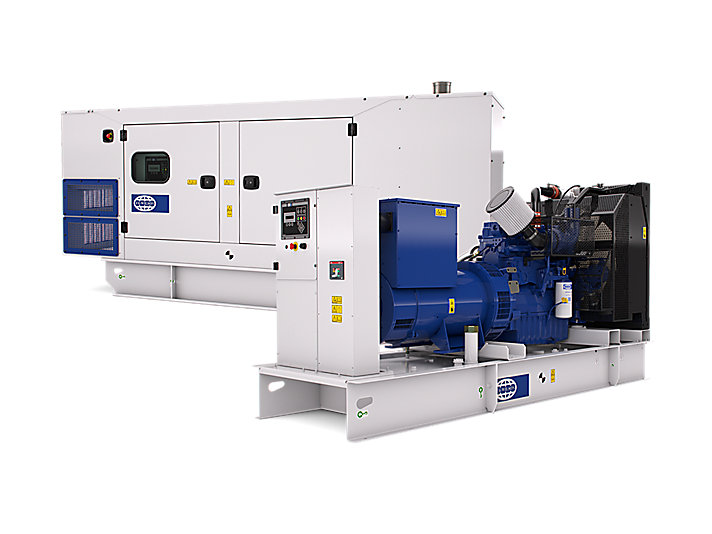You require a dependable power source wherever your company is located to make sure everything functions without a hitch. As a result, what is needed for your application may be unclear when you hear terminology like “prime” and “standby power.”
We’ll explain standby vs. Best Prime Generators so you can decide whether you need one for ongoing electrical maintenance, working in distant areas, or preparing for power disruptions. You now know what you require for your residential or professional application.
What Is A Prime Generator?
When the primary power source is unavailable at the site, prime generators are employed as the principal power source for activities.
Prime power gives continual dependable and durable electricity if you work in severe Australian weather or isolated areas. A prime generator is, therefore, appropriate for off-grid operations but can also be used, when necessary, for on-grid applications.
What Is A Standby Generator?
When there is a power failure, a standby generator acts as a backup power source and instantly starts to generate electricity. Emergency maintenance, load shedding, natural or man-made calamities, or electrical failures are all potential causes of power outages.
Working Of Prime Generator?
 A prime generator is often installed on-site away from public power sources, like a remote construction site or difficult-to-reach places.
A prime generator is often installed on-site away from public power sources, like a remote construction site or difficult-to-reach places.
They also operate in areas without access to electricity lines. Prime power will be employed on a variable power basis; for every operating hour that the generator runs at 100% power, it also runs at 40% power for an hour.
It is not suggested to use more power than the 70% prime power rating over a 250-hour operational period because of the available variable load.
Working Of A Standby Generator?
To properly connect your main power supply to your generator, standby generators are typically combined with an automated transfer switch (ATS). The switch will securely cut off your facility’s connection to the main utility power grid.
When there is a power loss, the ATS will activate, causing the generator to start a short time later, preventing any expensive downtime.
They can run continuously for hours on end; some can run at 100% load for up to 30 hours. Consequently, when they are not in use, the generator will automatically cool down. The generator will be instructed to shut down once the ATS has restored the main power.
Do I Need A Standby Or Prime Generator?
In an emergency, your company might profit from both standby and primary generators. They both provide electricity to your company, minimising any disturbance brought on by a power loss.
In contrast to prime generators, standby generators can only be used when there is an electrical outage.
Therefore, a standby generator is most necessary in areas where continuous power is essential, such as elevators, fire protection systems, standby lights, or medical and life support equipment.
If any of the aforementioned applies to your company, you should research standby generators to prevent system failure.
A standby generator can be installed in trade places, office buildings, hospitals, mines, industrial warehouses, data centres, and construction sites.
A prime generator, in contrast, is designed to survive the harsh conditions of the Australian outback, where dependable electricity is required.
A prime generator will ensure that all machinery, systems, gadgets, and site equipment continue functioning correctly for enterprises in remote areas of Australia.
A primary power generator will eliminate the risk of losing important data and productivity at work. Additionally, it will give you access to electricity wherever you are in the nation.
A need for companies operating in sectors like mining, construction, agriculture, and industry without access to a local electrical network.
Bottomline:
We hope our insight on the essential difference between standby and prime generators will help you make an intelligent decision about the most suitable generator to serve your purpose.

